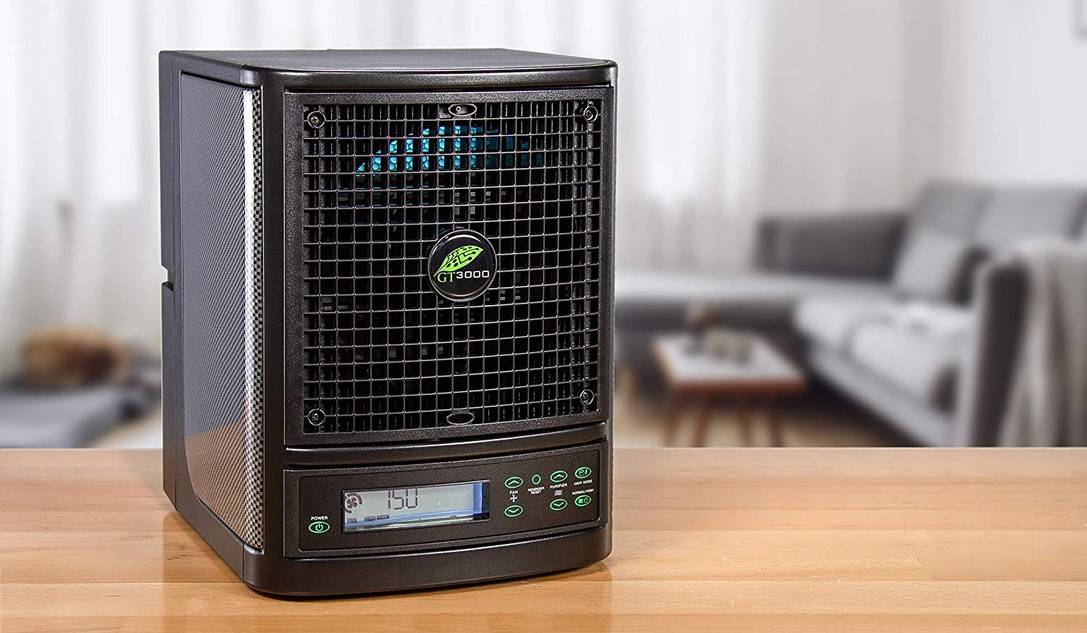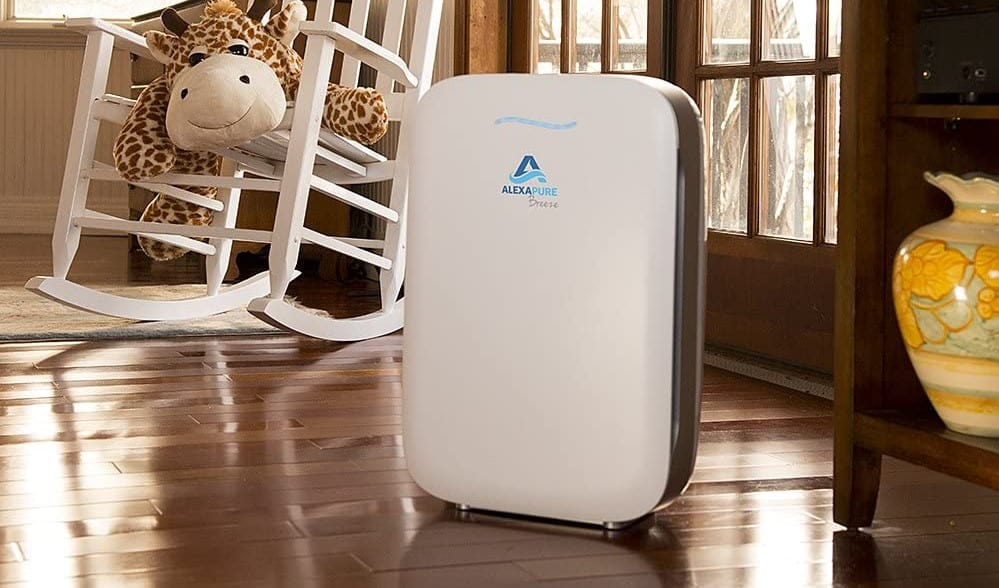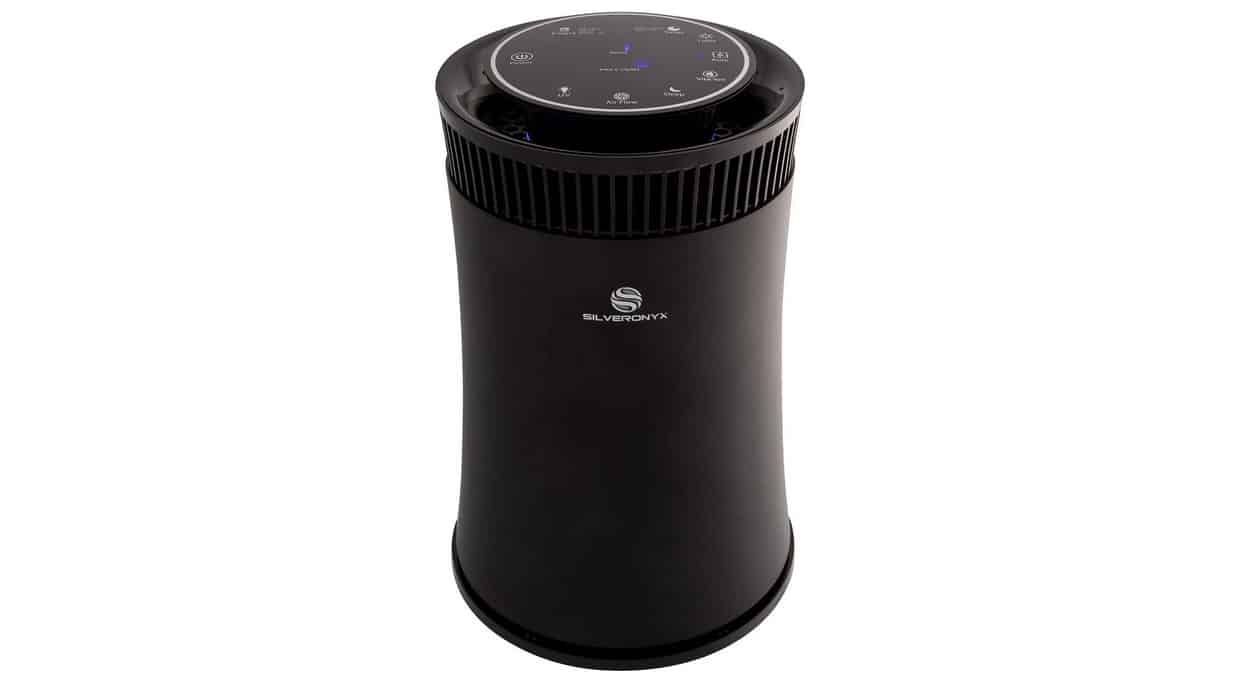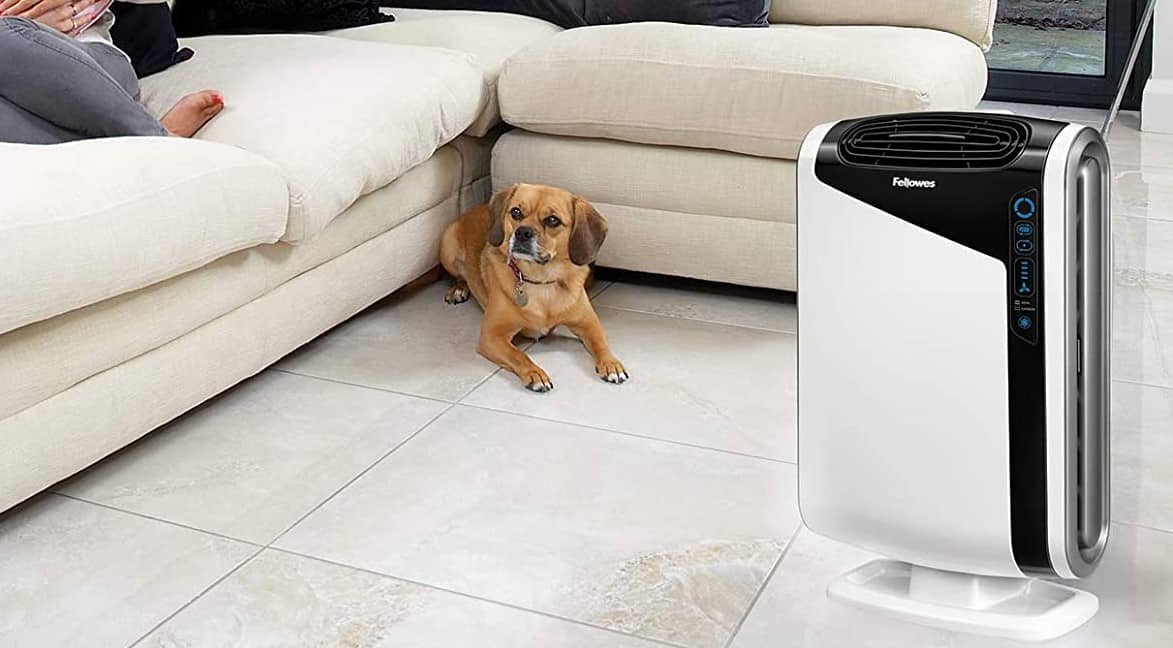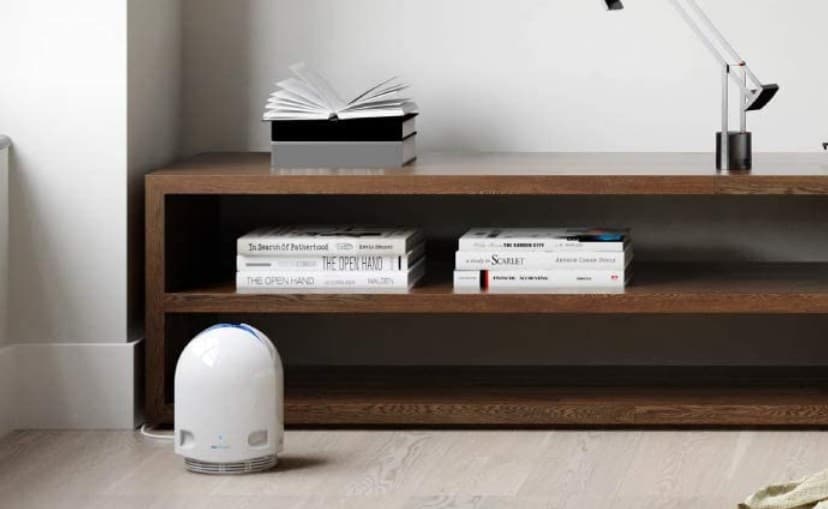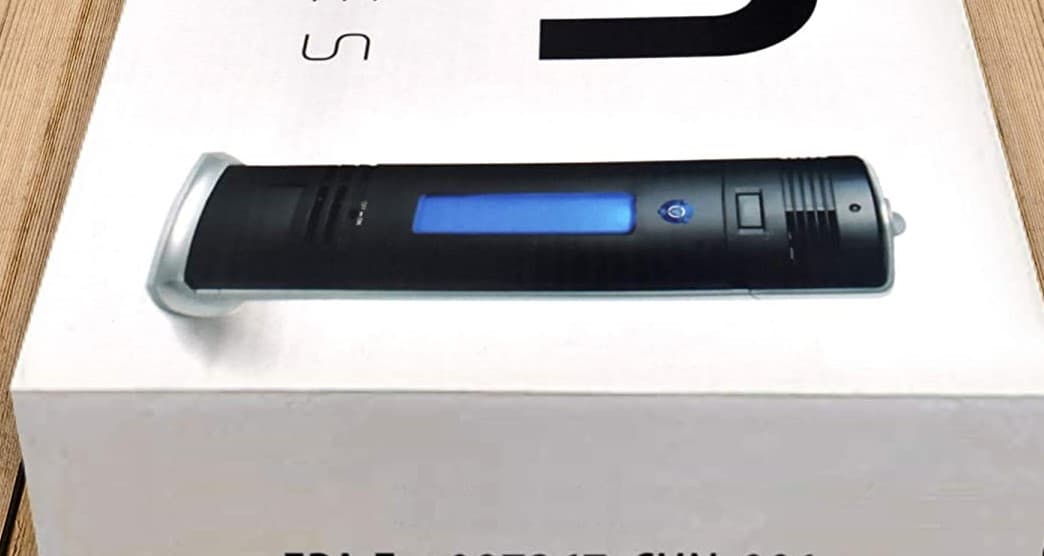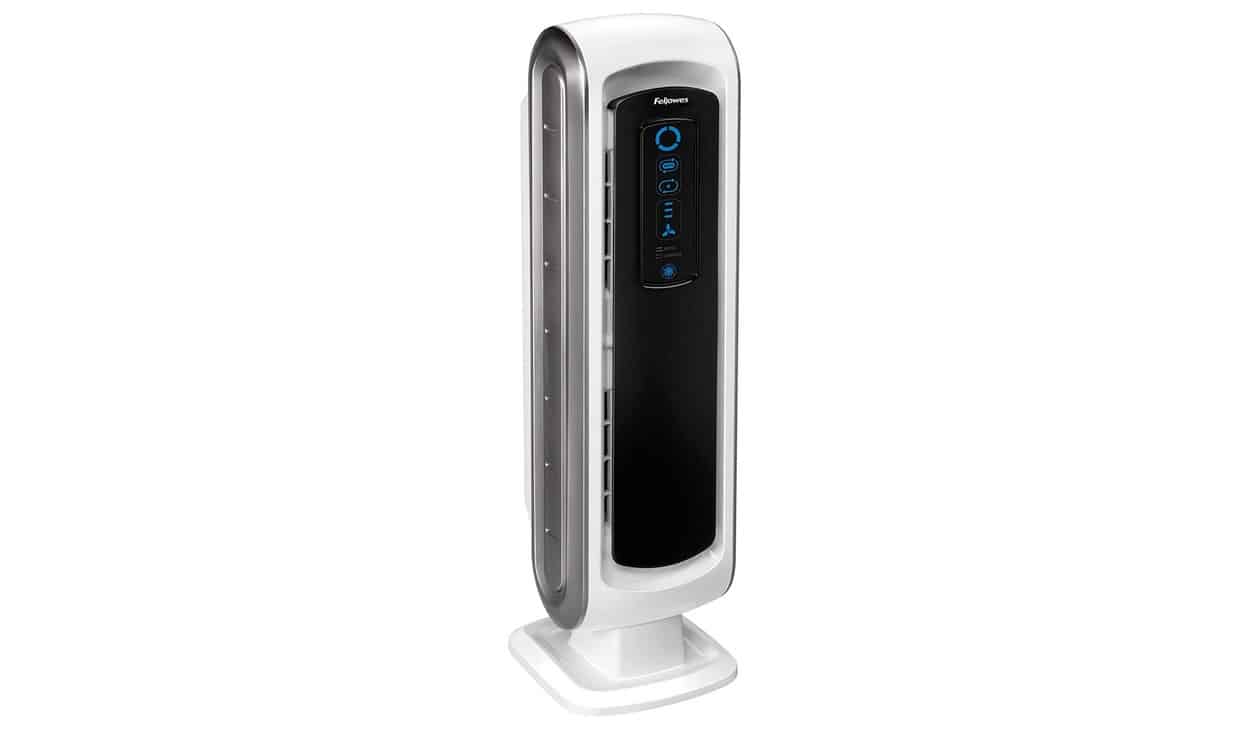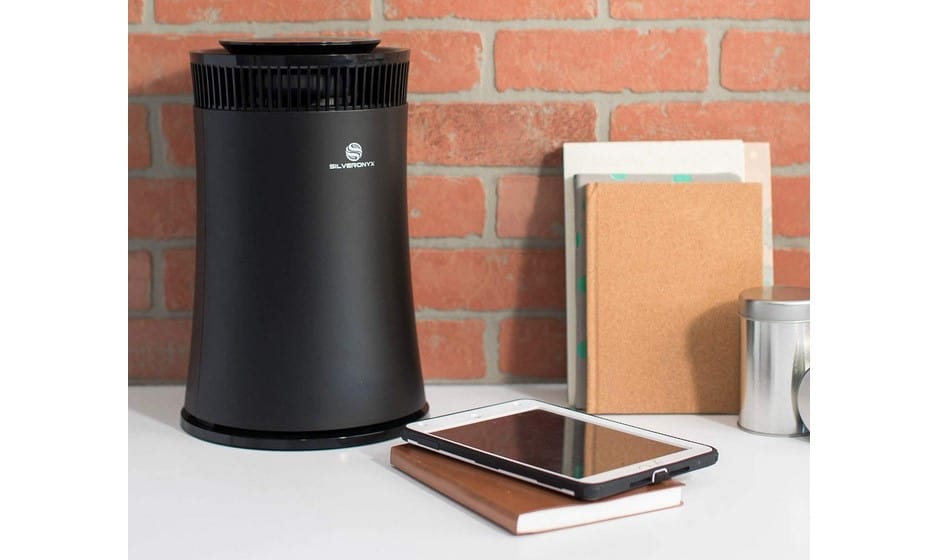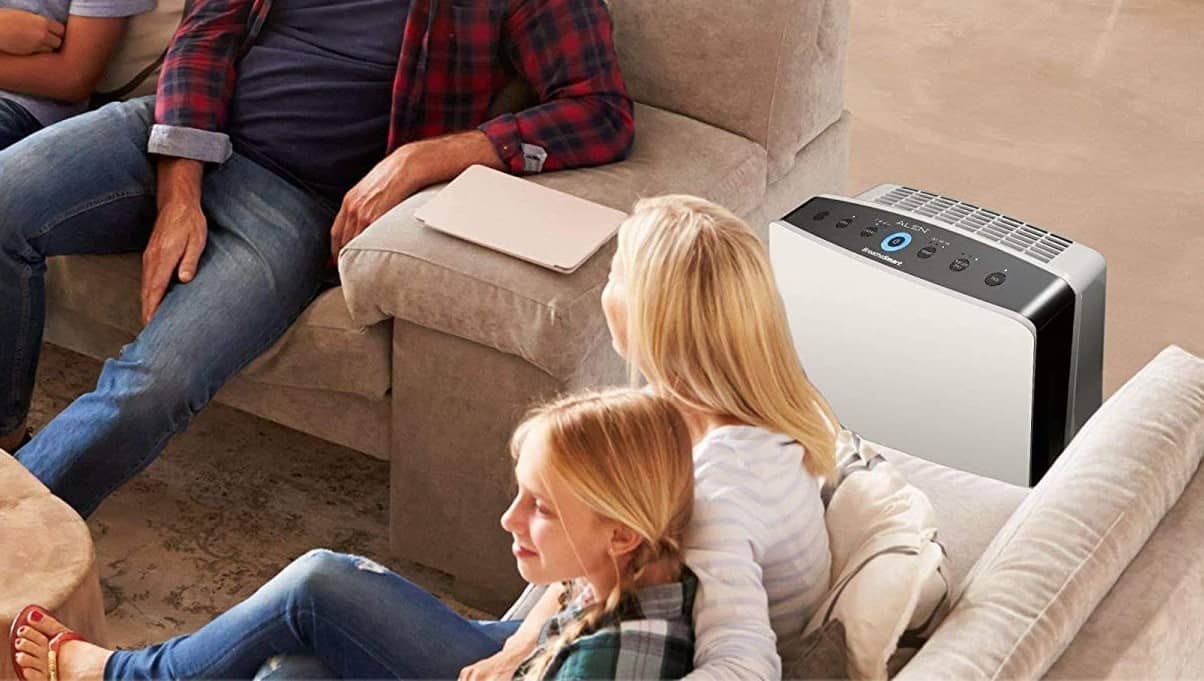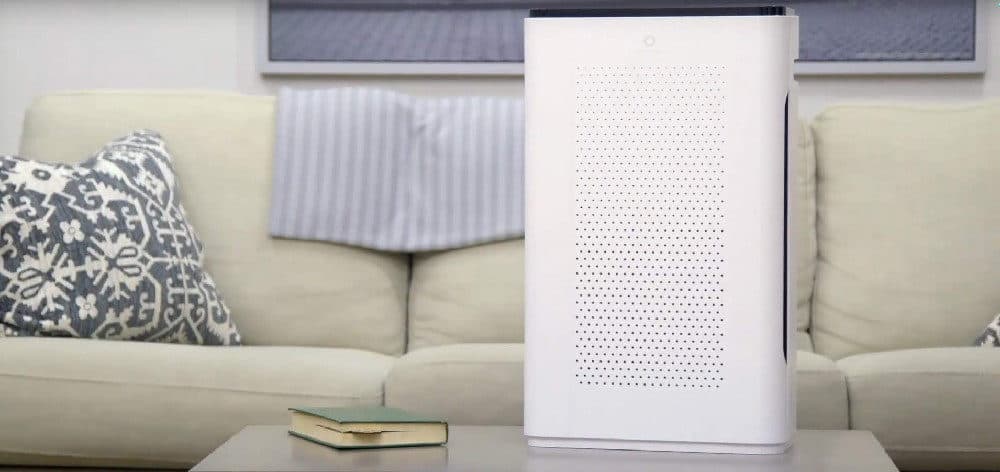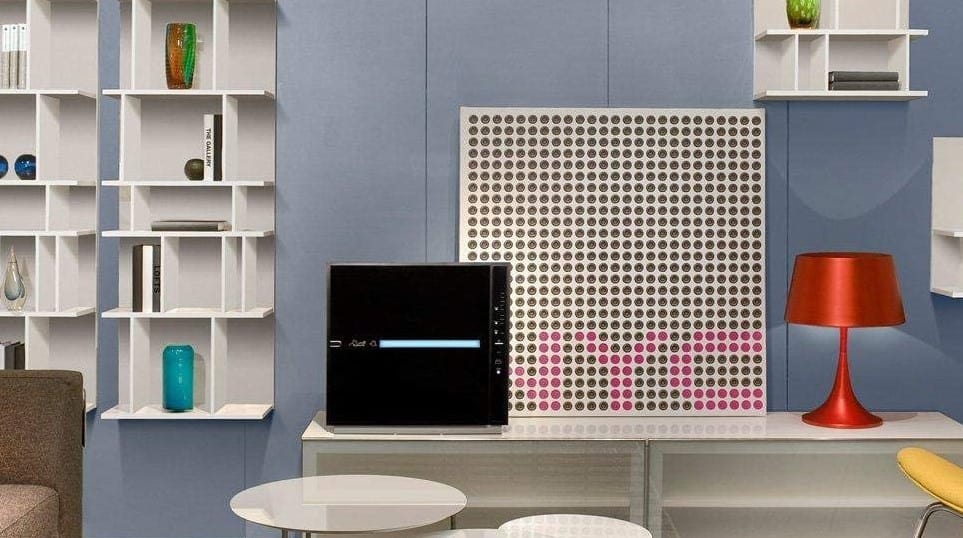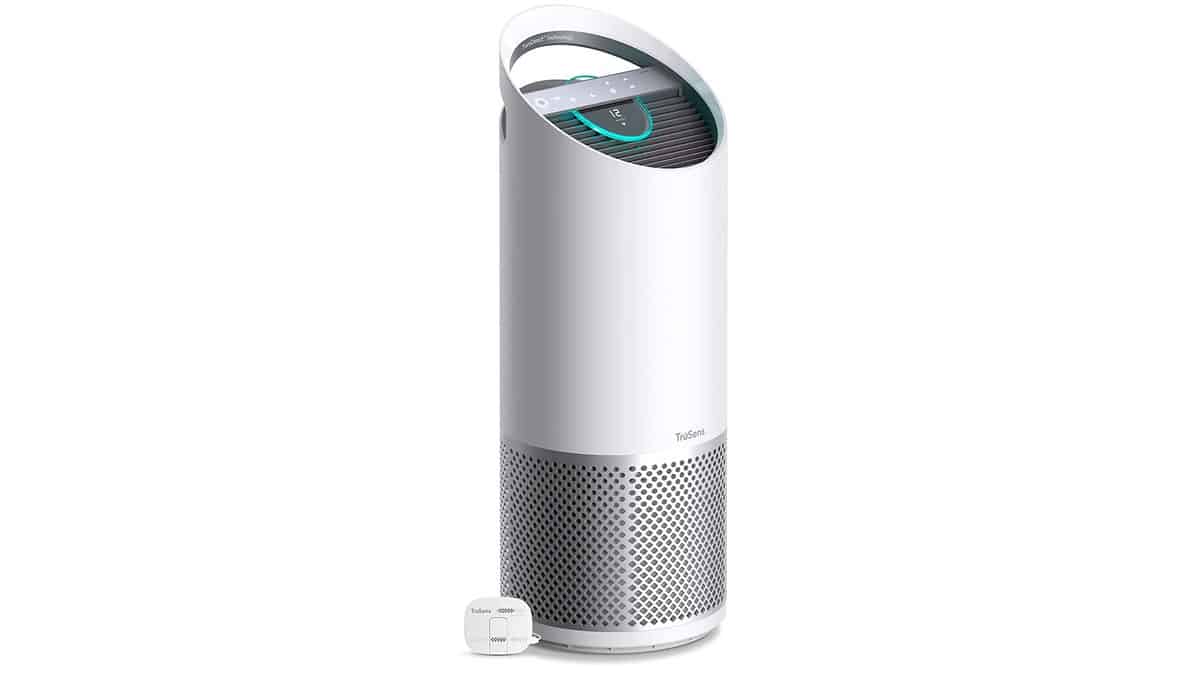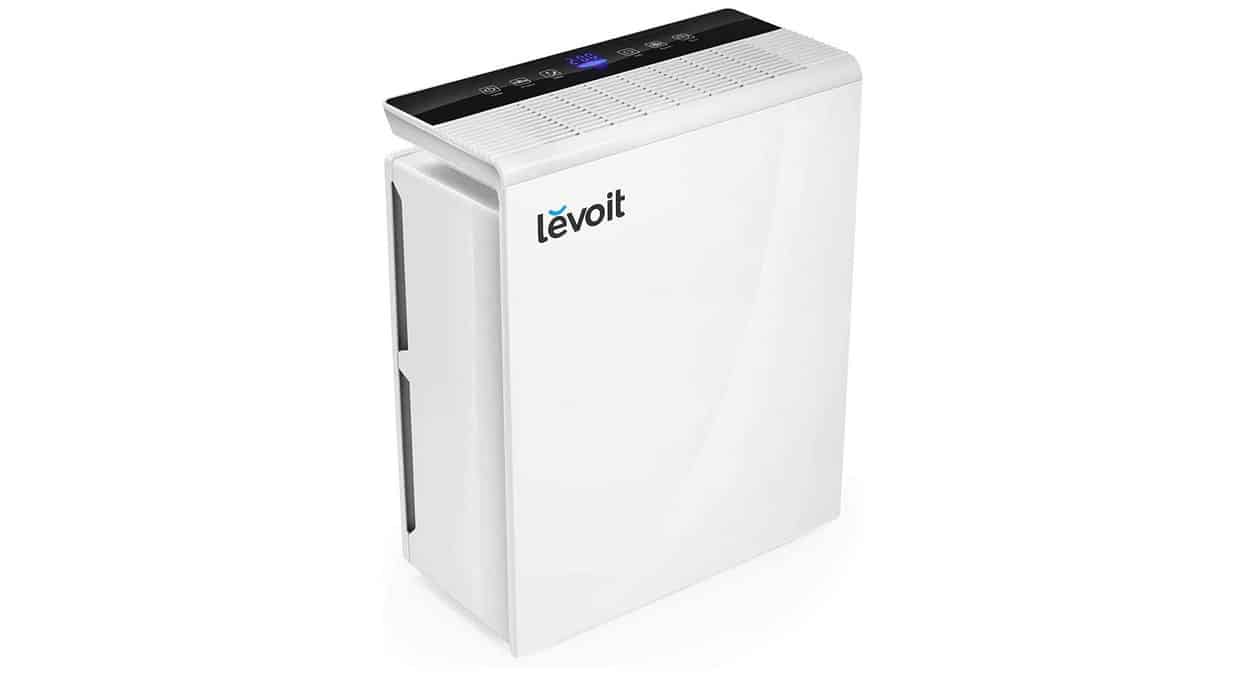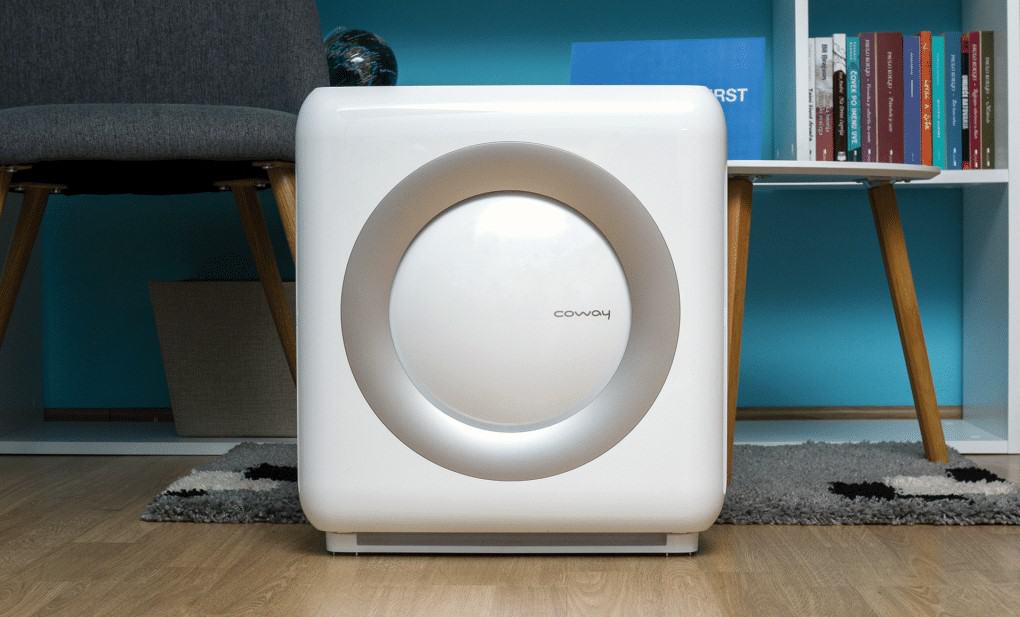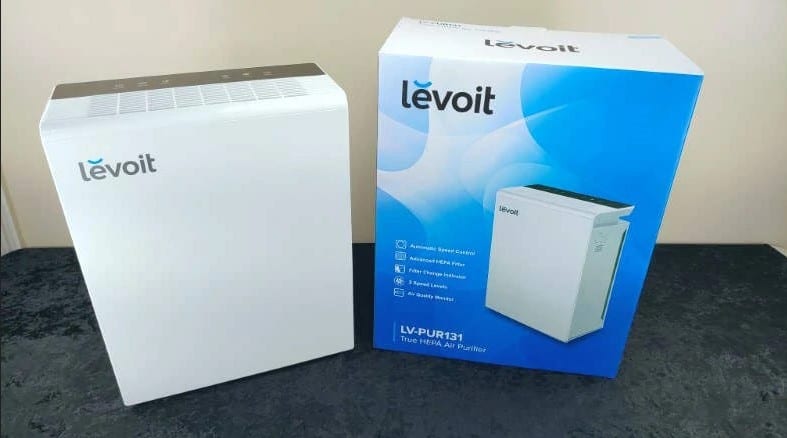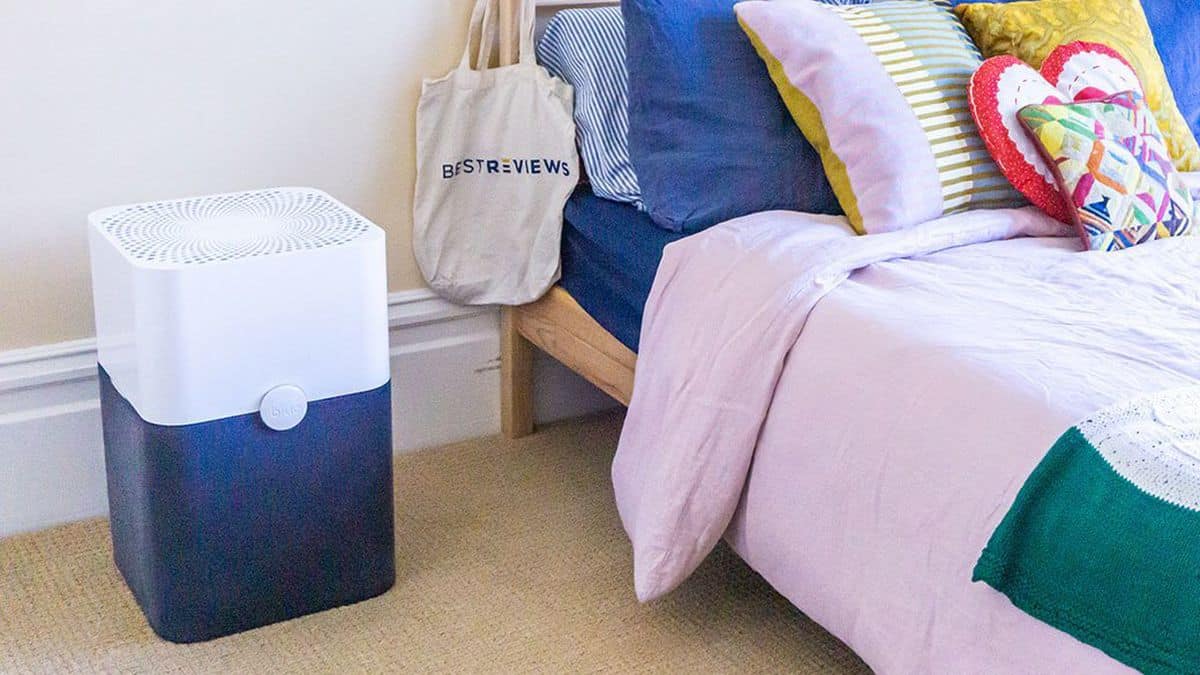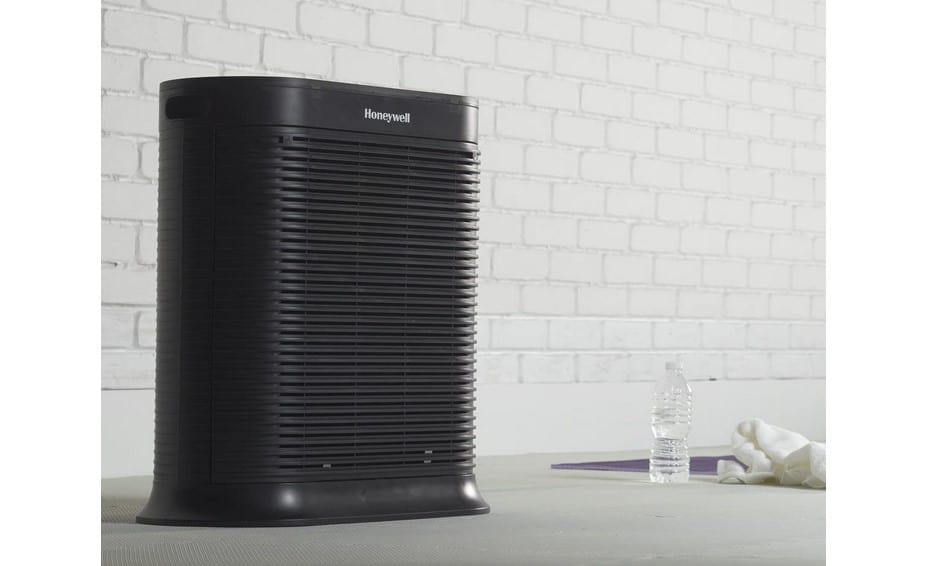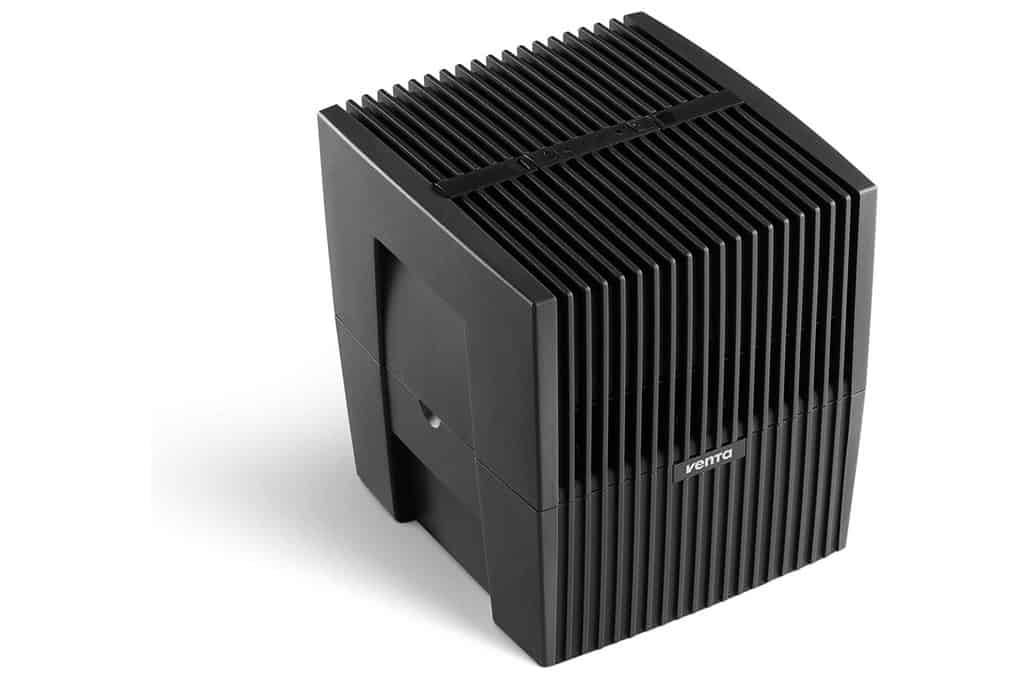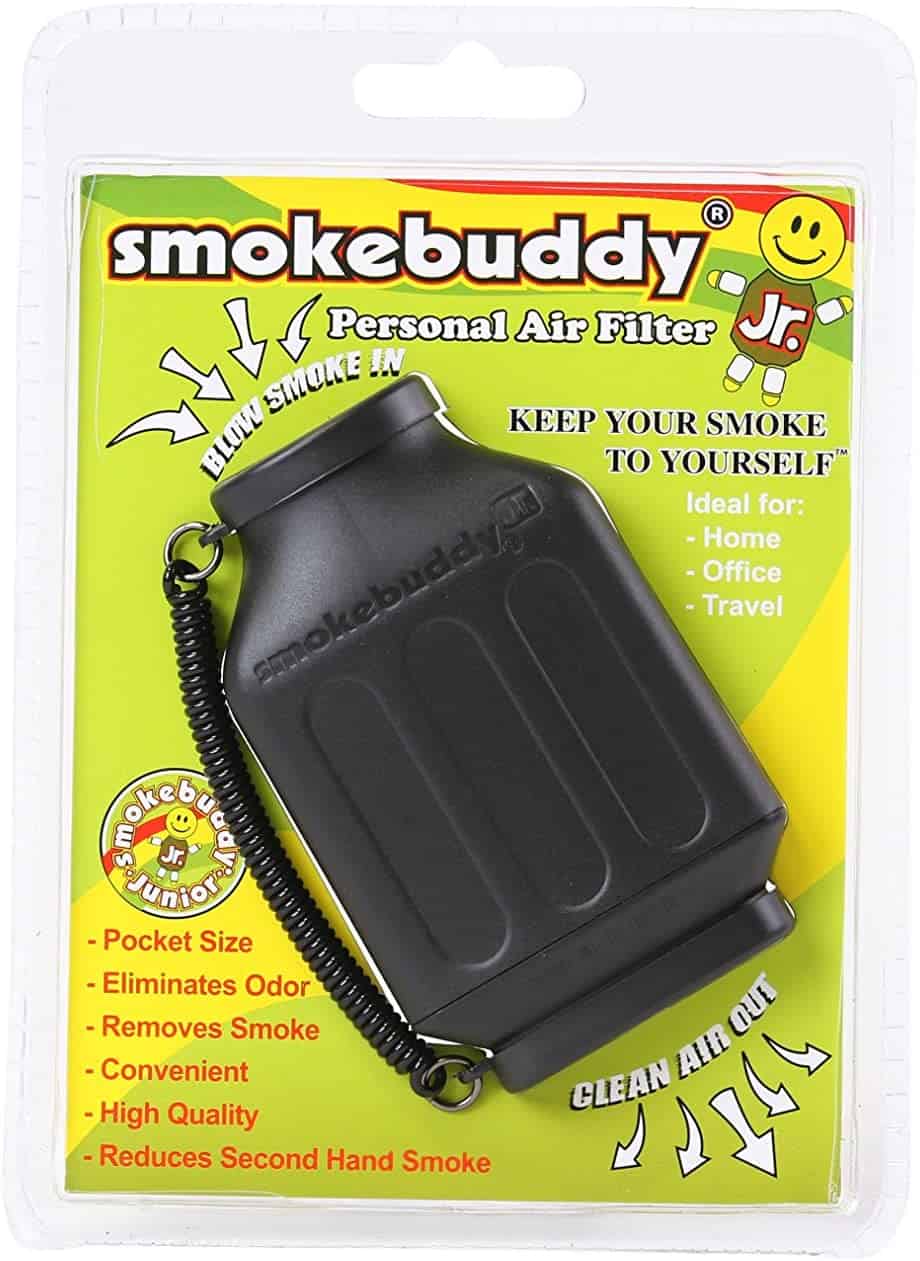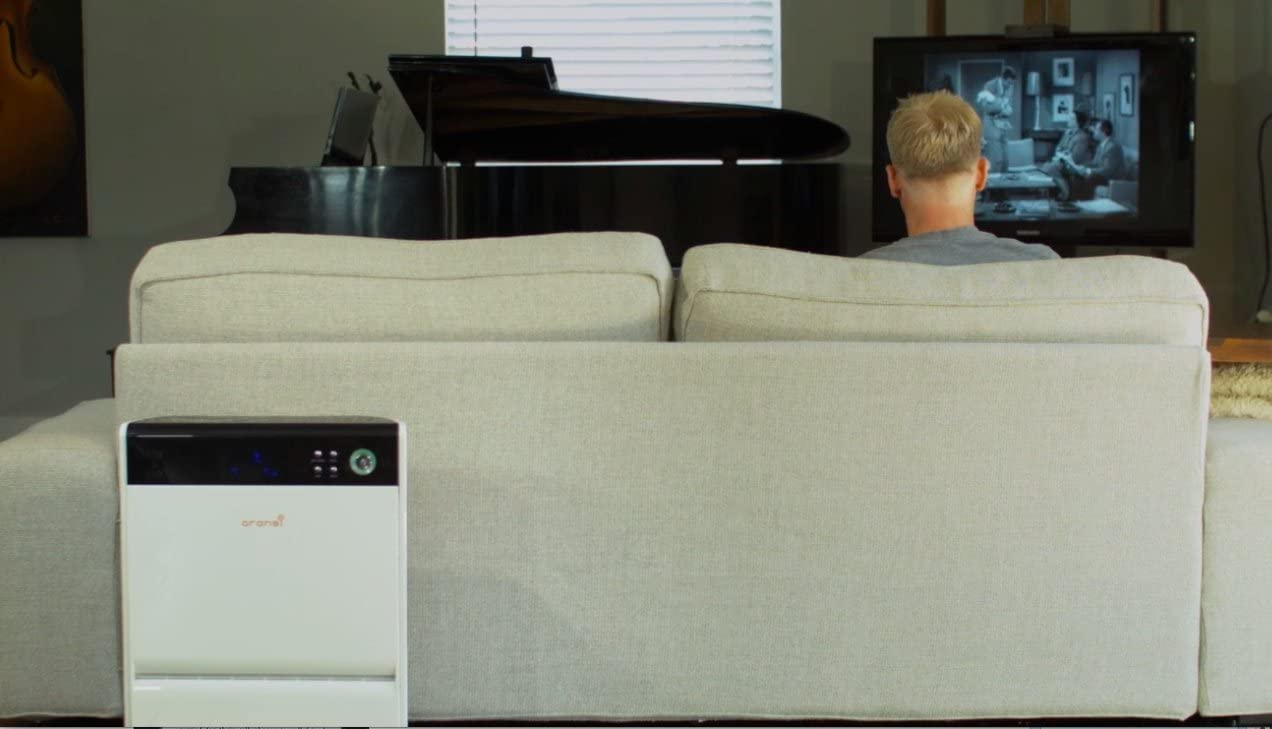As you shop around for the best air purifier, you likely have encountered multiple data points regarding a purifier’s overall effectiveness and efficiency, like the Winix air purifier C535. This may have left you with one question. Does fan speed affect an air purifier? Here are some answers.
KEY TAKEAWAYS:
- Fan speed does impact the overall efficacy of a given air purifier if it uses fans to draw in air through a filter.
- An air purifier’s effectiveness is measured via its clean air delivery rate, otherwise known as the CADR.
- Choose an air purifier that features a CADR of at least twice per hour, which will ensure that a room’s air has been cleaned two times each hour.
Does Fan Speed Affect an Air Purifier?
Short answer? Yes, fan speed does affect the overall efficacy of a given air purifier, though there are exceptions, and really you want to keep the air purifier fan blades clean for maximum effectiveness. Fan speed is especially important when considering the effectiveness of filter-based air purifiers. Fans have three jobs when it comes to purifiers with HEPA filters, activated carbon filters, or electrostatic air filters. They draw in the air, run it through the filter or filters, and then push it back out to the atmosphere. The overall speed of the fan will impact how quickly the purifier can work.
Additionally, you may want to consider fan type and speeds when choosing if your goal is to purchase an air purifier with little noise output.
Warning
The overall speed of the fan will impact how quickly the purifier can work.
What is CADR?
When it comes to an air purifier’s speed (which includes the air purifier noise level depending on how high the fans run), you are essentially talking about its clean air delivery rate (CADR). The clean air delivery rate is a metric by which an air purifier’s overall effectiveness is measured. This result is illustrated via cubic meters per hour. As a general rule of thumb, a good CADR rating for a medium-sized room is two times per hour. This CADR measurement will shift depending on what fan setting you are using. Models like the Filtrete Air Purifier Fap02 have solid CADR ratings.
What is CFM?
CFM stands for cubic feet per minute and is used to denote how efficient an air purifier is when it comes to pulling in air from the environment. A unit’s CFM rating is generally connected to its CADR. Knowing this will help you know how long it’ll take an air purifier to clean a room.
When is Fan Speed Not Important?
Certain types of air purifier designs are not ruled by the speed of the integrated fans. Ionic air purifiers, for instance, release negatively charged ions into the atmosphere without the need for a fan at all. UV air purifiers may use a fan to draw in air, but once inside the purifier, an ultraviolet light beam is used instead of a filter. This reduces how much the fans impact the purifier’s overall efficacy. Learn more about how loud air purifiers are.
Insider Tip
Ionic air purifiers, for instance, release negatively charged ions into the atmosphere without the need for a fan at all.
Can I Run an Air Purifier’s Fan Continuously?
Yes. Modern air purifiers are built with durable fans that can be used continuously. However, we recommend using an air purifier on a low setting if you are going to be operating it at all times.
F.A.Q.
Does an air purifier work for pollutants other than smoke, dust, and pollen?
Likely yes. Air purifiers equipped with a true HEPA filter, for instance, will remove 99.97 percent of particles that are larger than 0.3 microns in diameter.
Do larger air purifiers have better CADR ratings?
Most of the time. Larger air purifiers have more room for larger fans, which can improve an air purifier’s CADR. For instance, box air purifiers are generally considered to be more efficient than tower air purifiers.
Do all air purifiers have a CADR rating?
It is not required for an air purifier to feature a CADR rating, though it can help with sales. In other words, most air purifiers have a CADR rating but not all of them do.
STAT: According to the Environmental Protection Agency (EPA), indoor pollutant levels may be two to five times higher than they are outdoors – and occasionally even 100 times higher. (source)

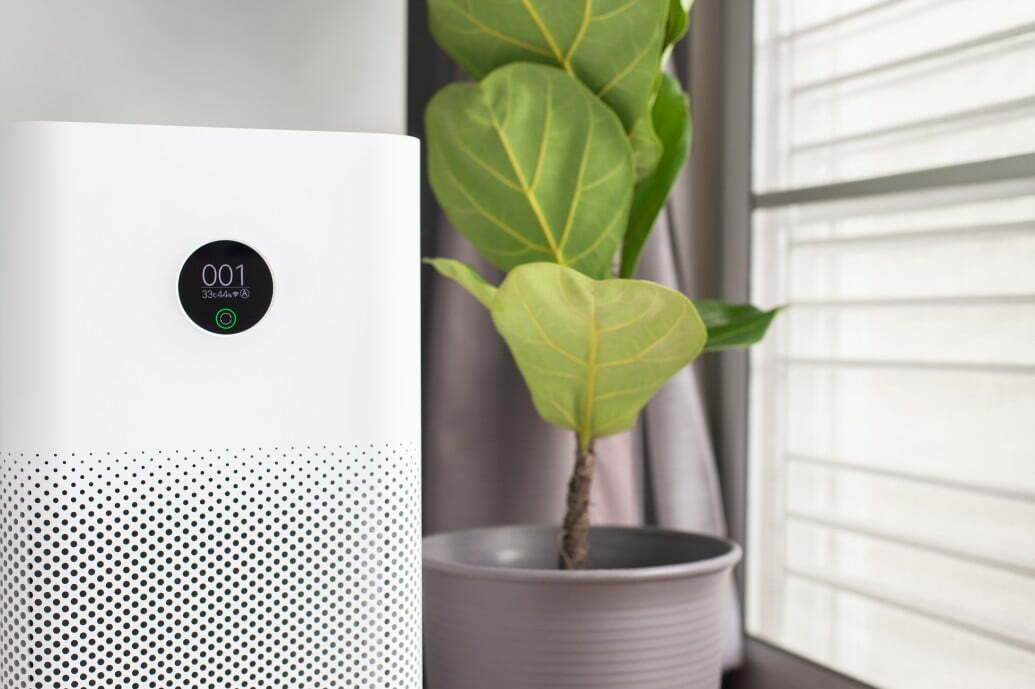













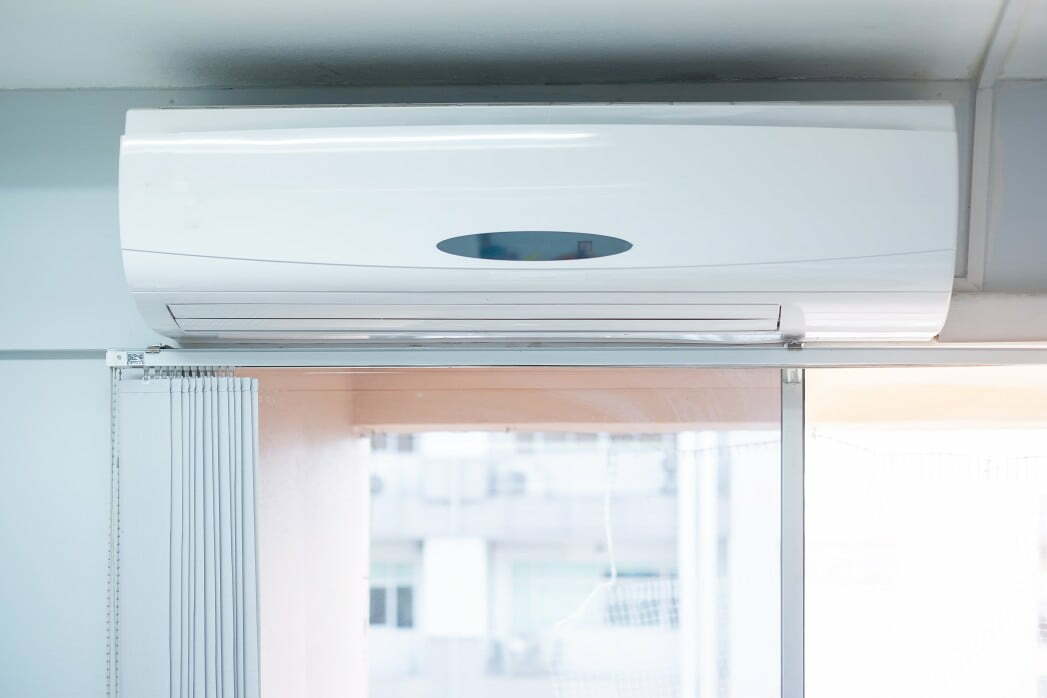

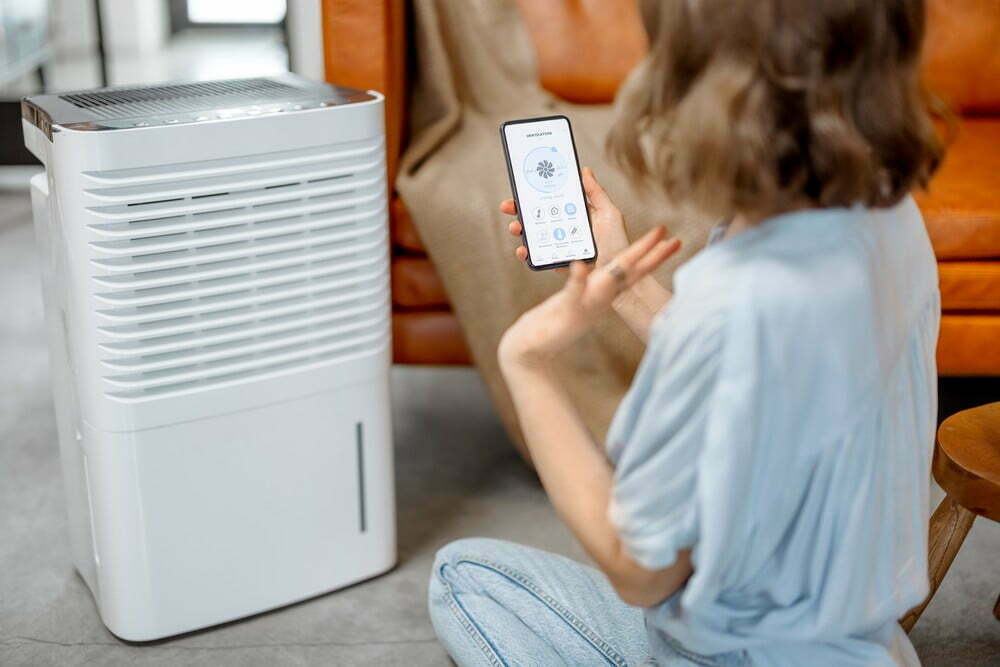
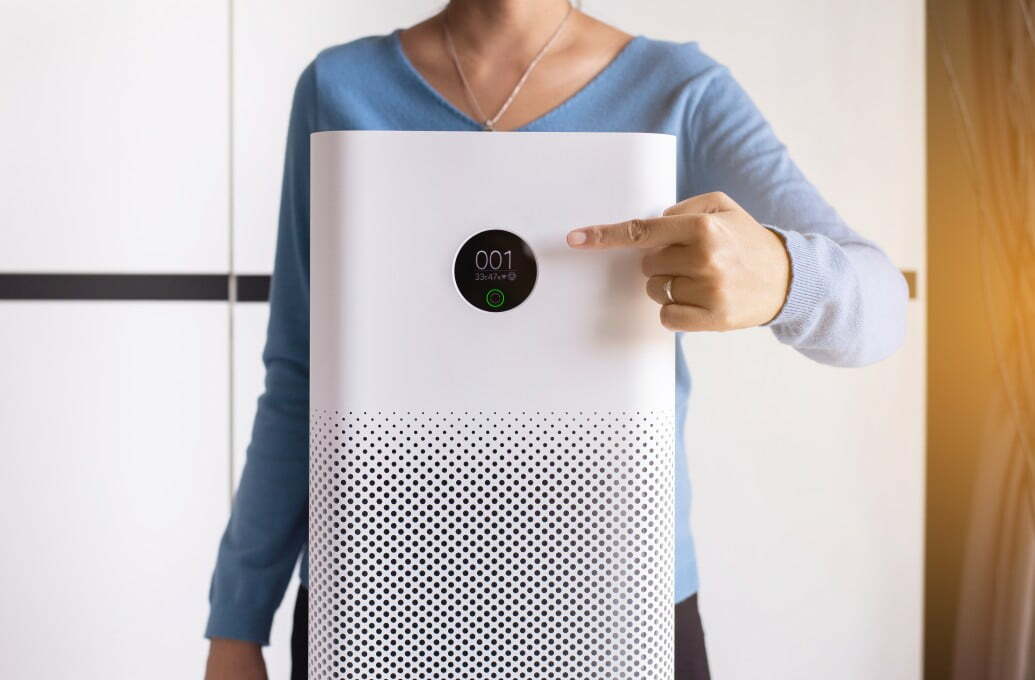
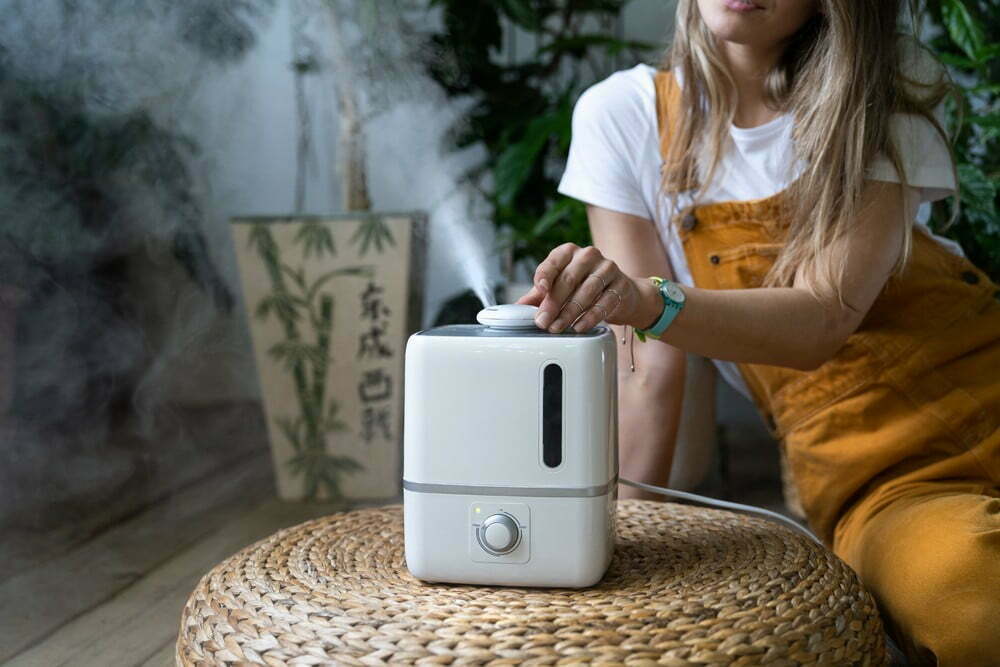


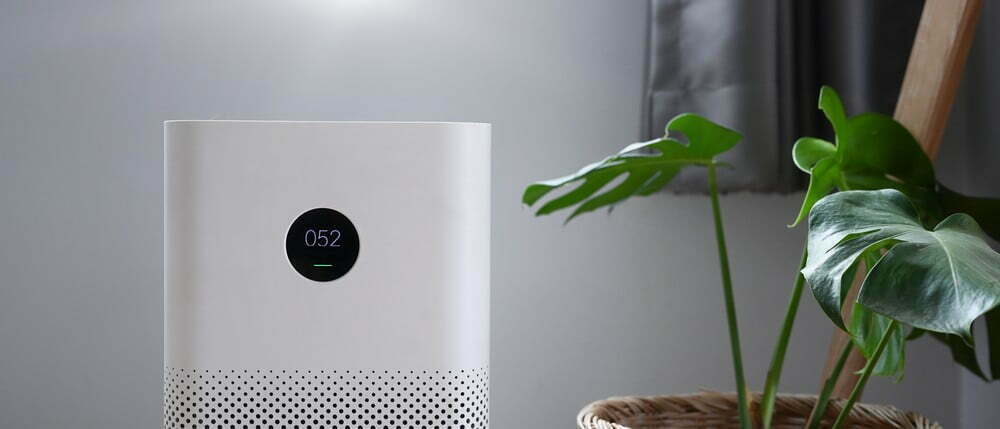
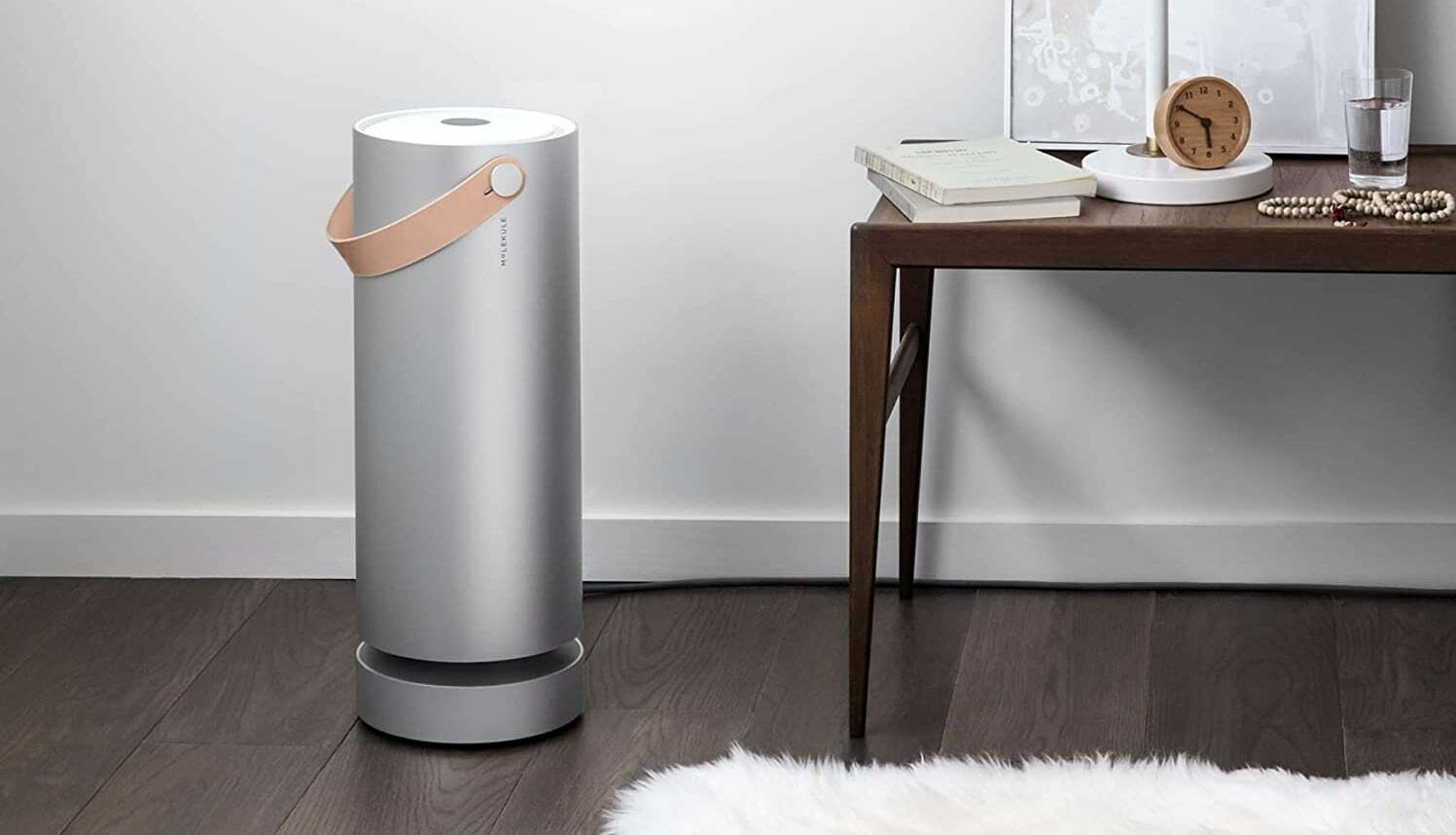
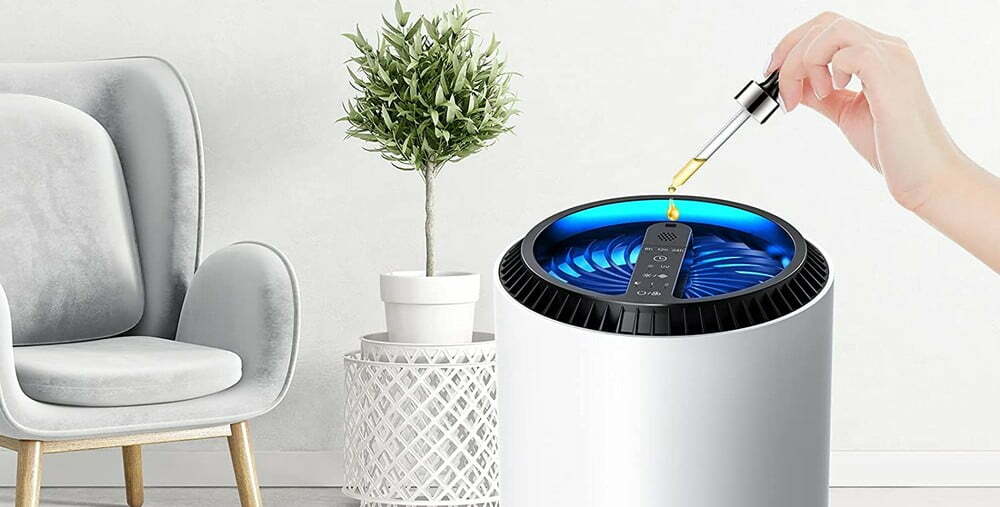
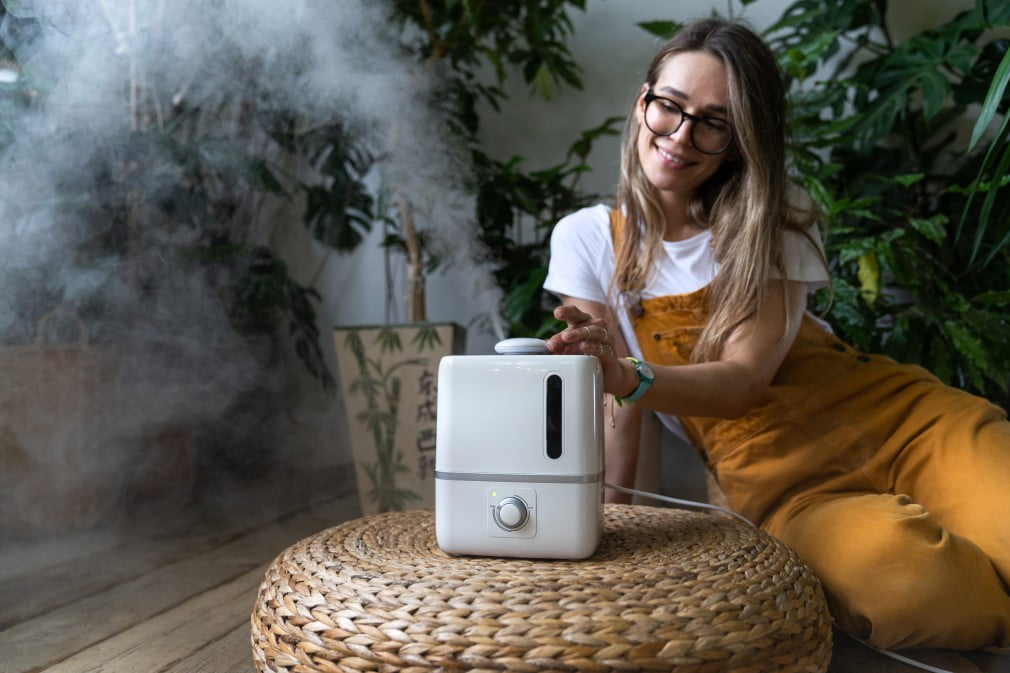
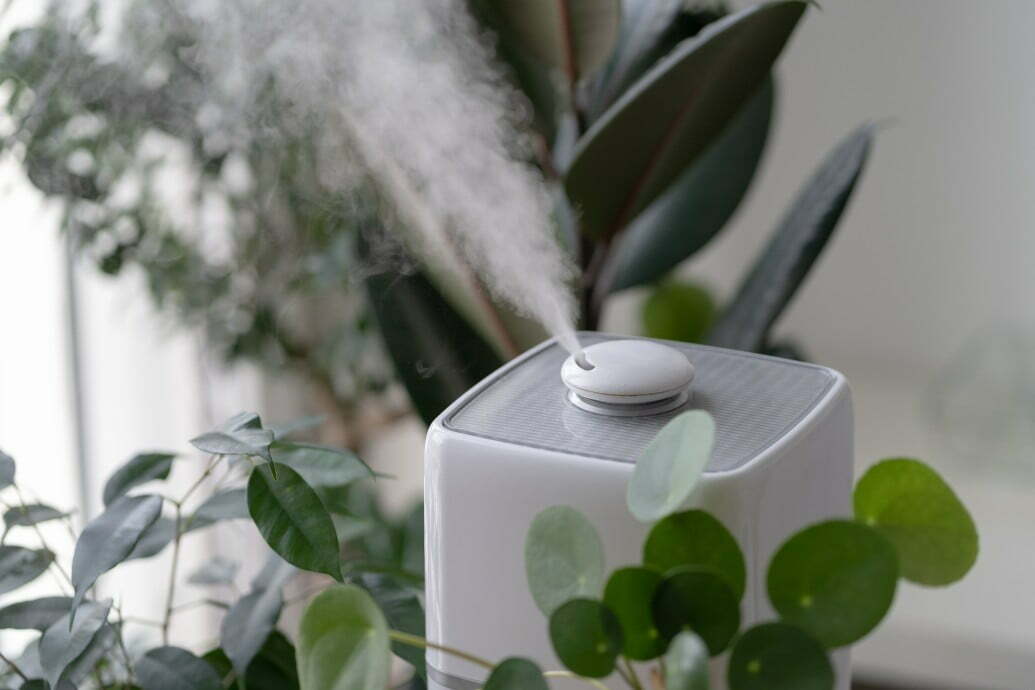

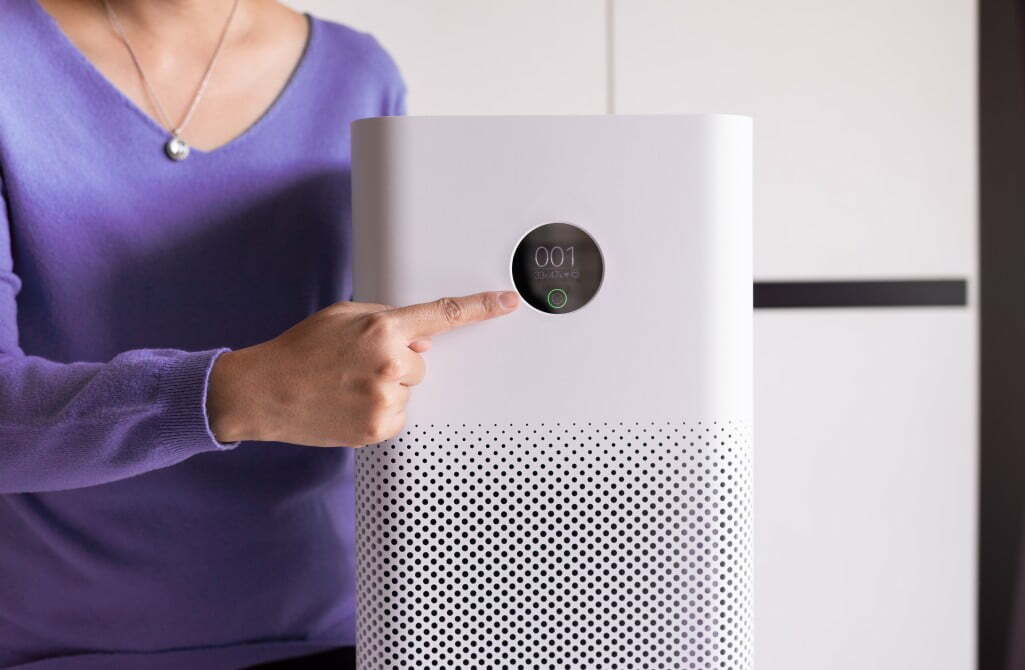
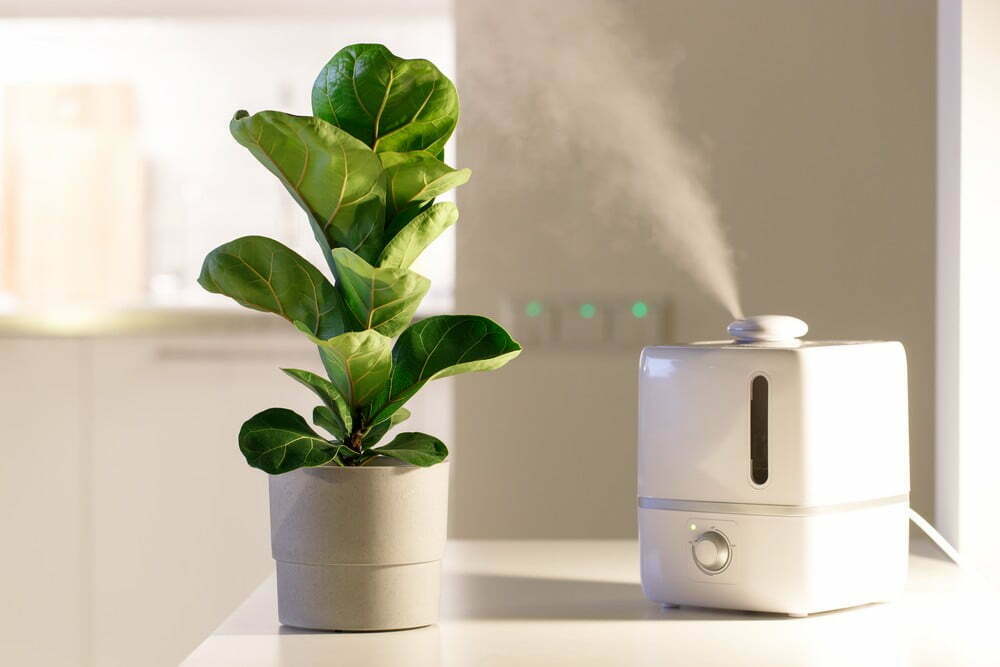

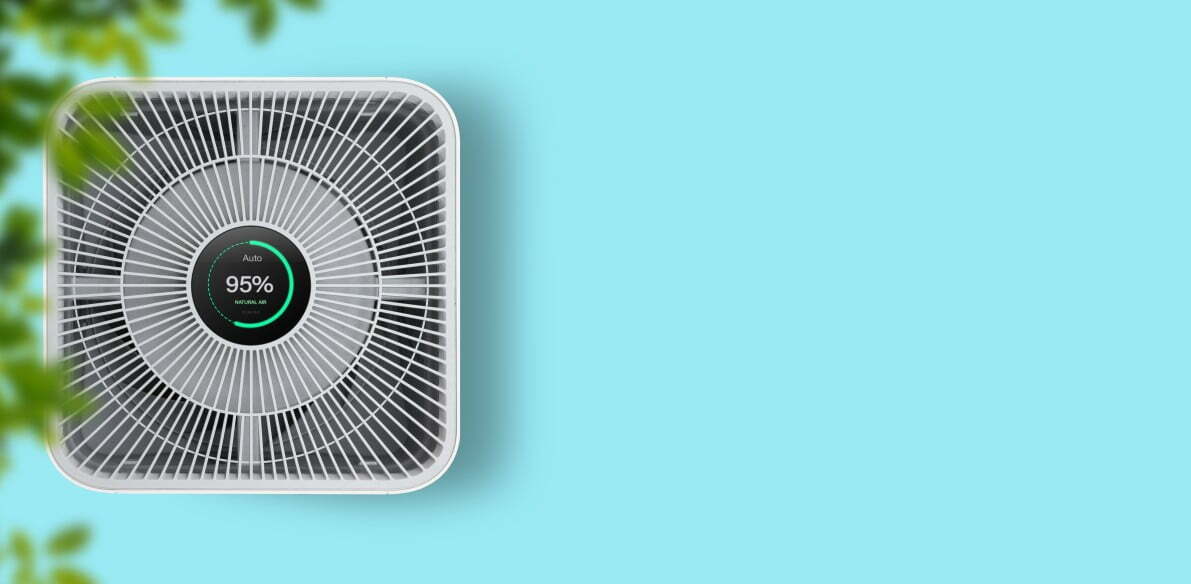
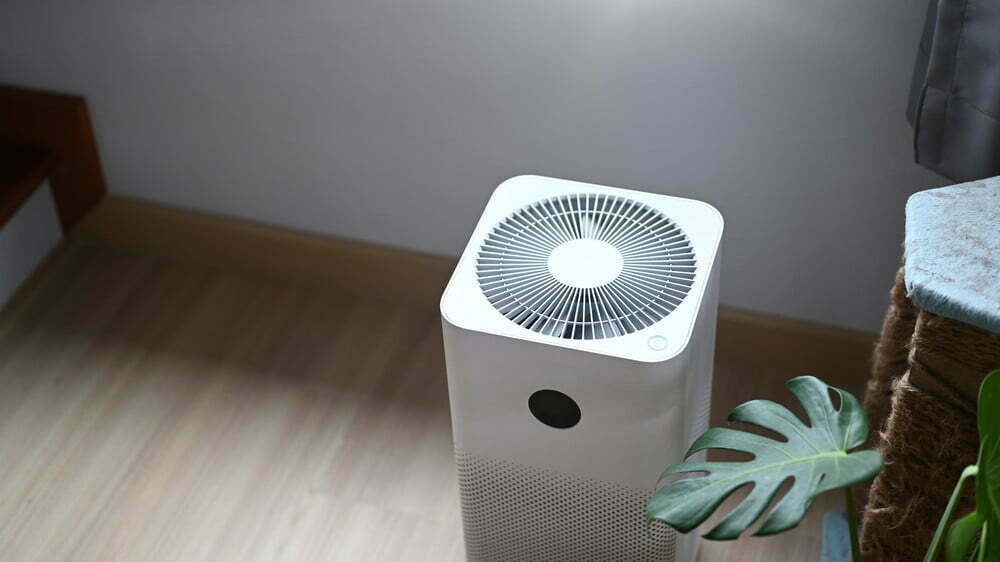
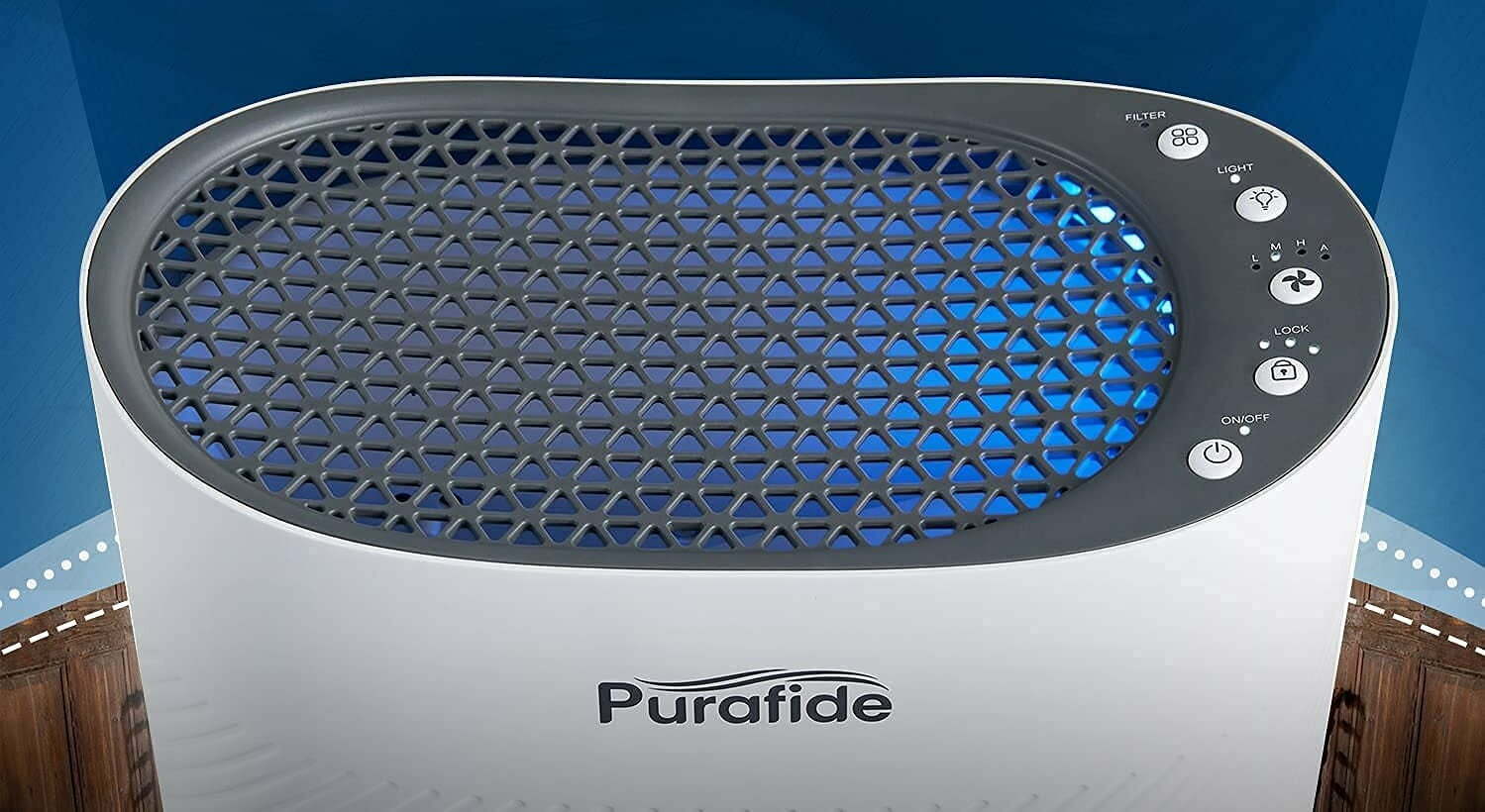
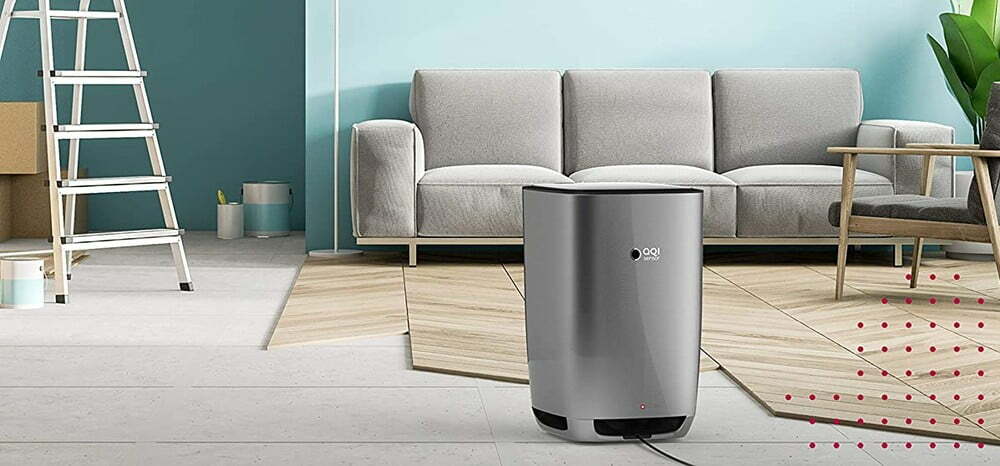
![Best Air Purifiers for VOCs and Formaldehyde in [year] 27 Best Air Purifiers for VOCs and Formaldehyde in 2026](https://www.gadgetreview.dev/wp-content/uploads/best-air-purifier-for-vocs-and-formaldehyde-image.jpg)
![Best Air Purifier in [year] ([month] Reviews) 28 Best Air Purifier in 2026 (January Reviews)](https://www.gadgetreview.dev/wp-content/uploads/Honeywell-True-HEPA-Allergen-Remover-HPA300-e1475603569442.jpg)
![Best Air Purifiers for Dust in [year] 29 Best Air Purifiers for Dust in 2026](https://www.gadgetreview.dev/wp-content/uploads/best-air-purifier-for-dust-image.jpg)
![Best Honeywell Air Purifiers in [year] 30 Best Honeywell Air Purifiers in 2026](https://www.gadgetreview.dev/wp-content/uploads/best-honeywell-air-purifier-image.jpg)
![Best Germicidal Air Purifiers in [year] 31 Best Germicidal Air Purifiers in 2026](https://www.gadgetreview.dev/wp-content/uploads/best-germicidal-air-purifier-image.jpg)
![Best Filterless Air Purifiers in [year] 32 Best Filterless Air Purifiers in 2026](https://www.gadgetreview.dev/wp-content/uploads/best-filterless-air-purifier-image.jpg)
![Best Levoit Air Purifiers in [year] 33 Best Levoit Air Purifiers in 2026](https://www.gadgetreview.dev/wp-content/uploads/best-levoit-air-purifier-image.jpg)
![Best Air Purifiers for Smoking Weed in [year] 34 Best Air Purifiers for Smoking Weed in 2026](https://www.gadgetreview.dev/wp-content/uploads/best-air-purifier-for-smoking-weed-image.jpg)
![Best Quiet Air Purifiers in [year] 35 Best Quiet Air Purifiers in 2026](https://www.gadgetreview.dev/wp-content/uploads/best-quiet-air-purifier-image.jpg)
![Best Desktop Air Purifiers in [year] 36 Best Desktop Air Purifiers in 2026](https://www.gadgetreview.dev/wp-content/uploads/best-desktop-air-purifier.jpg)
![Best Dyson Air Purifiers in [year] 37 Best Dyson Air Purifiers in 2026](https://www.gadgetreview.dev/wp-content/uploads/best-dyson-air-purifier.jpg)
![Best Air Purifiers for Dorm Room in [year] 38 Best Air Purifiers for Dorm Room in 2026](https://www.gadgetreview.dev/wp-content/uploads/air-purifier-for-dorm-room-1.jpg)
![Best Air Purifiers for Office in [year] 39 Best Air Purifiers for Office in 2026](https://www.gadgetreview.dev/wp-content/uploads/best-air-purifier-for-office.jpg)
![Best Air Purifiers for Basement in [year] 40 Best Air Purifiers for Basement in 2026](https://www.gadgetreview.dev/wp-content/uploads/best-air-purifier-for-basement.jpg)
![Best Air Purifiers For Odor in [year] 41 Best Air Purifiers For Odor in 2026](https://www.gadgetreview.dev/wp-content/uploads/best-air-purifier-odor.jpg)
![10 Best Personal Air Purifiers in [year] 42 10 Best Personal Air Purifiers in 2026](https://www.gadgetreview.dev/wp-content/uploads/best-personal-air-purifiers.jpg)
![10 Best Plug In Air Purifiers in [year] 43 10 Best Plug In Air Purifiers in 2026](https://www.gadgetreview.dev/wp-content/uploads/best-plug-in-air-purifier-image.jpg)
![10 Best Whole House Air Purifiers in [year] 44 10 Best Whole House Air Purifiers in 2026](https://www.gadgetreview.dev/wp-content/uploads/best-whole-house-air-purifier-image.jpg)
![10 Best Large Room Air Purifiers in [year] 45 10 Best Large Room Air Purifiers in 2026](https://www.gadgetreview.dev/wp-content/uploads/Coway-Airmega-200M-Large-Room-Air-Purifier-900x900-1.png)
![10 Best UV Air Purifiers in [year] 46 10 Best UV Air Purifiers in 2026](https://www.gadgetreview.dev/wp-content/uploads/best-uv-air-purifier.jpg)
